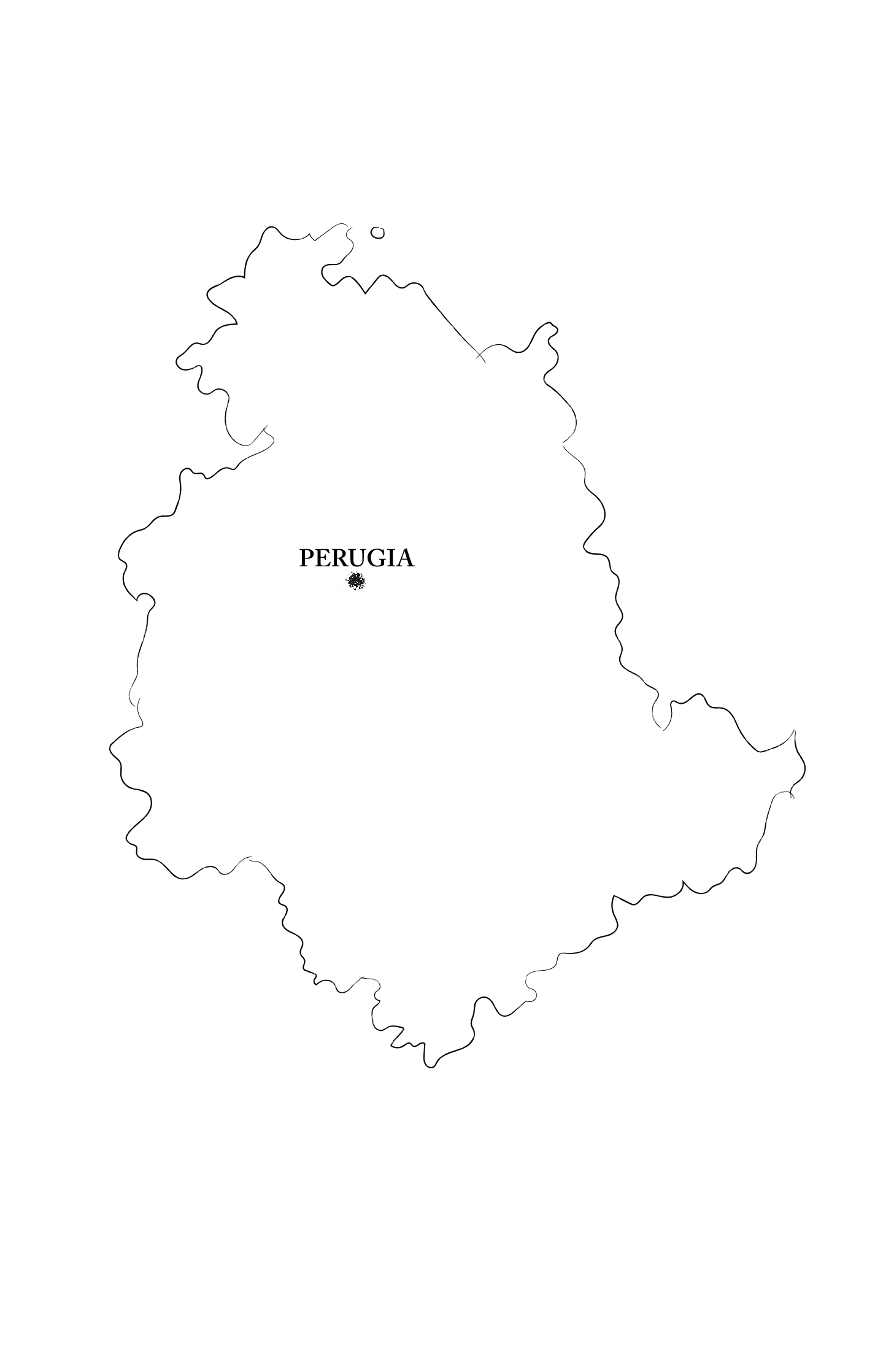
Travel to Umbria


Perugia and surroundings
Perugia is one of the major art cities of Umbria. Discover its majestic Palace of the Priors (Palazzo dei Priori), the college of the Exchange (Collegio del Cambio) with the frescoes of Pietro Vannucci, known as the "Perugino", the academy of Fine Arts and its National Gallery where innumerable Umbrian masterpieces are kept, the gothic cathedral, the international festival of jazz, the Etruscan and Medieval city walls and the picturesque atmosphere of the many alleys of the historic centre. The lake of Trasimeno and its islands are a true natural paradise, house of wild ducks, cormorants, kites and kingfishers. The northern side is surrounded by hills gently sloping and planted with olive trees, vineyards and sunflowers. Many beautiful medieval towns are scattered around the shores of the lake; visit Castiglione del lago, Monte del lago, Città della Pieve, Panicale or Castel Rigone. Also worth a visit are the majestic castle of the Knights of Malta in Magione, the fishermen village of the Isola Maggiore, the church of Buon Gesù, Palazzo Guglielmi and the museum of the lace. Many hiking trails are available in the neighbourhood.

Assisi
Enclosed by fortified walls, Assisi is a magic place where one can feel the atmosphere of ancient times as the city has hardly changed since the Middle Age. St Francis Cathedral, originally intended to welcome the corpse of Saint Francis, is composed of 2 churches put one on top of the other. You will admire in both churches superb frescoes from Cimabue, Simone Martini and Giotto. Despite being a tourist city, Assisi has preserved the local life and atmosphere. The beauty and spirituality of Assisi are best felt during the night. Also interesting to see are Santa Chiara Basilica, the cathedral of San Ruffino, the Eremo delle Carceri located on the bushy hills surrounding Assisi at 800 metres above sea level. Do not miss nearby: Spello and the city of Foligno. Gubbio overlooks the beautiful countryside of Umbria and is criss-crossed with staircases and pictoresque medieval alleyways. On Piazza Grande stand Palazzo Pretorio and Palazzo dei Consoli. The Ducal Palace and the gothic Cathedral of Gubbio are located on the highest part of the city.

Orvieto
Built over a tuff rock, Orvieto is a unique and charming city. Its Cathedral, absolute masterpiece of the Italian gothic style, stands out for the splendid façade adorned by the beautiful rose window, the bas-reliefs from Lorenzo Maitani and for the fresco of the Last Judgement painted by Luca Signorelli in the Capel of Saint Brice, known as "Cappella Nuova". Among the public building of Orvieto, remarkable are the Palazzo del Popolo and the mysterious well of San Patrick. Orvieto is also famous for its ceramic production.

Todi and Narni
Todi is a medieval town built on top a hill and offers stunning views over the Umbrian countryside and the river Tiber valley. Around Piazza del Popolo, one of the most peculiar squares of Umbria, stand the Paleo Christian Church of San Fortunato, renovated following the gothic style during the 14th century, and the Temple of Santa Maria della Consolazione, located outside the city walls and attributed to Bramante, which is considered a symbol of the Renaissance architecture. Do not miss nearby: the smallest Italian style theatre, the Teatro della Concordia, was built in the charming village of Monte Castello di Vibio by 9 wealthy families during the 18th century; with its 99 seats it is a pure jewel! The city of Narni is worth a visit, take your time to discover the Church of Santa Maria Imprensole (Romanesque architecture), Piazza dei Priori and the splendid Palazzo del Podestà all adorned with marble and frescoes: visit the loggia and the dungeon. Do not miss nearby: the spectacular Marmore waterfall.

Spoleto and Norcia
Spoleto is worldwide famous for the Festival of the Two Worlds when the talents of the planet gather to perform in jazz and classic music concerts, operas and dance shows taking place around the city. Spoleto is also a city with many architectural treasures; you will visit, where once stood the Roman forum, the Romanesque Cathedral dating back to the 13th century. On the outskirts of the city visit the colossal Ponte delle Torri (the bridge of towers), built in the 14th century it is 230 metres long and 76 metres high. Do not miss nearby: the Hermitage of Monteluco, the beautiful medieval town of Bevagna with its weaving workshops and the production of Cashmere wool, Montefalco with the Civic Museum of San Francesco and the city of Trevi. Located at a few kilometres from Cascia, hometown of Saint Rita, Norcia is the city where Saint Benedict was born. Norcia is renowned all over Italy for the excellence of the cold meats and salami, the black truffle available all year round and the beautiful, colourful blooming of Castelluccio plain where the nature is still uncontaminated. Unfortunately the landmarks of Norcia have been severely affected by the earthquake of 2016. Do not miss nearby: the abbey of Sant'Eutizio in Preci (famous in the Middle Age for the surgery school), the Sibylline mountains and the wonderful city of Ascoli Piceno in the neighbouring region of Marche.

Située en pleine campagne entre Pérouse et le lac de Trasimène, cette villa s... Visit the villa

Sur une colline de la Valnerina surgit un lieu singulier chargé dâhistoire, o... Visit the hotel

Séjour unique et ressourçant dans un relais de charme au décor contemporain i... Visit the hotel

Cet hôtel de caractère installé dans une demeure historique du centre de Norc... Visit the hotel